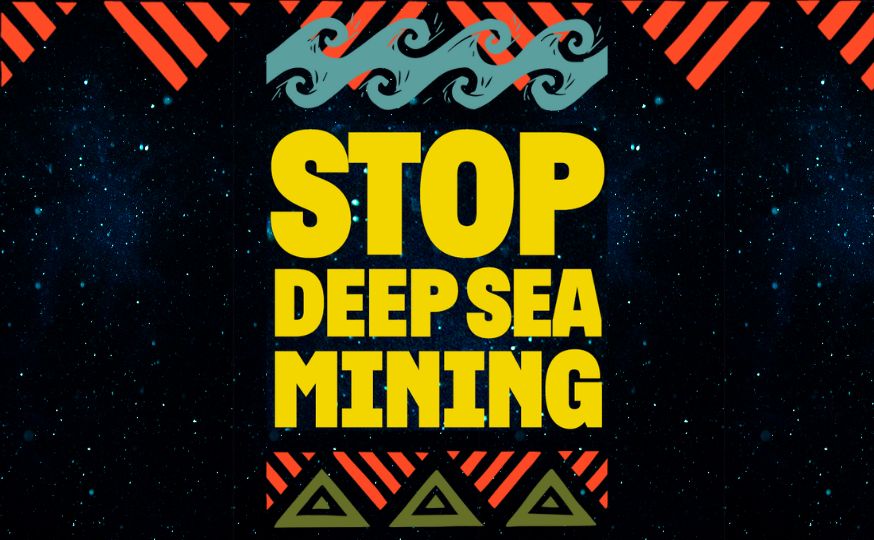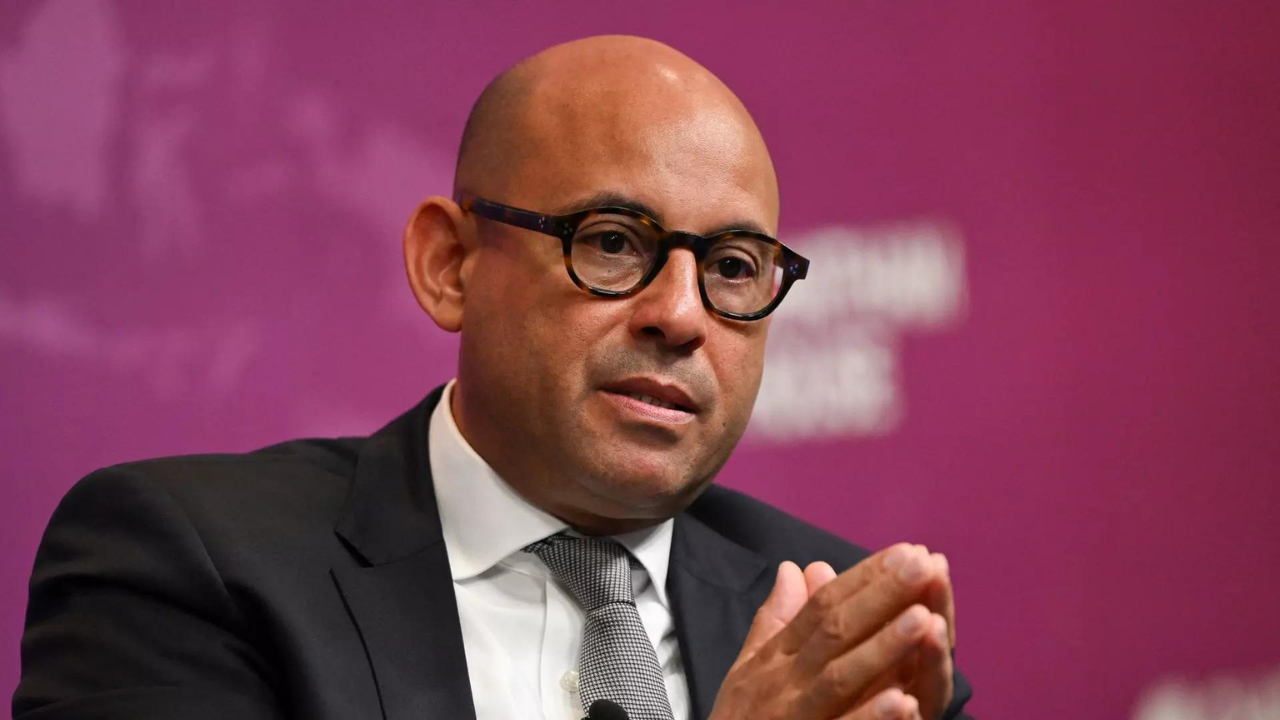The latest IPCC climate science report has confirmed that human-made climate change is worsening, and the impacts of increasingly extreme weather are felt more keenly by vulnerable regions, mainly in the Global South. The people of Pari Island, in Indonesia, are already experiencing the catastrophic consequences of climate change: in 2021, massive floods damaged their houses, halted fishing and tourism businesses, and left their drinking water contaminated. The future of the island that they have called home for generations is under threat.
“The sea level is rising constantly. We are extremely worried about it, as no one knows where we could go if our island is submerged.” – Bobby
As sea level rises due to climate change, extreme floods become more common and destructive for many islands and low-lying coastal regions. Pari Island is on the front line of this crisis: 11% of its surface has already disappeared under the sea and the rest could be largely submerged as early as 2050.
Like many communities across the Global South, the inhabitants of Pari Island are not responsible for causing climate change, and they lack the resources to adapt to the kind of loss and damage that they are now experiencing. 70% of all historical industrial CO2 emissions can be traced back to the activities of only 108 companies. It is most of these same companies that, nowadays, continue to profit whilst doing nothing, or far too little, to change and reduce their climate impact.
Four of the 1 500 people living on Pari have decided that they can’t just wait for their lives to disappear under water. With the support of WALHI (Friends of the Earth Indonesia), Swiss Church Aid (HEKS) and the European Center for Constitutional and Human Rights (ECCHR), they are taking legal action to hold a big polluter accountable for climate change: Swiss company, Holcim. The Swiss cement giant produced over seven billion tonnes of cement between 1950 to 2020, and generated almost the same amount of CO2 emissions. It bears a huge responsibility for climate change.
The case against Holcim is one in a growing movement of litigation cases for climate and social justice. The courts have the potential to become a very powerful tool for people, especially in the Global South, to get compensation for climate-induced loss and damage and to get finance for adapting to sea level rise and extreme weather. The Pari Island case also follows in the footsteps of historic climate case against Shell in the Netherlands, in holding a corporation to account for their role in causing dangerous climate change and seeking a judgement that imposes emissions reductions on to that company.
The four plaintiffs are seeking climate justice on behalf of everyone on the island, and on all the people worldwide who have not contributed to climate change and yet are the most impacted. They demand Holcim to:
- redress proportionally their climate-induced damages on Pari Island;
- reduce its absolute CO2-emissions by 43% by 2030, in relation to 2019 emissions;
- contribute to climate change adaptation measures on Pari island.
Read about these famous climate litigation cases:
Urgenda Case: in 2015, a court ordered the Dutch state to make more significant emissions reductions.
Saúl Luciano Lliuya vs RWE: in 2015, a Peruvian farmer filed a lawsuit against energy company RWE in Germany.
People vs Shell: in 2021, Dutch judges ordered Shell, one of the world’s biggest polluters, to reduce its emissions by 45% within 10 years.
The people of Pari Island against corporate impunity
Arif, Asmania, Bobby and Edi live on Pari, and feel the consequences and injustice of their livelihoods going under water. They live low-carbon lives, in harmony and interdependence with the sea and the land, but now their future on the island is uncertain.

Arif lives on Star Beach with his family. They are dependent on tourism, fishing and his small mechanic workshop. During the flood in 2021, their house was severely damaged and they narrowly managed to save a few appliances before fleeing. The well – their main water source – became salty; tourists stopped coming and all the fruit trees in the garden died. Arif lives now in fear of more flooding: he knows his house is not safe but they cannot afford to move.
“I want to protect my land. I think about the future of my son, my family.” – Arif

Asmania runs a small shop and a guesthouse on the island. With her husband, she bought part of a fish farm off the coast, which was providing for them and their three children. The floods contaminated their fish farm and kept tourists away for months. Asmania knows that if they want to keep living on the island they need to adapt: raised foundations for their houses, water purification and more mangroves to protect the coast. Yet people from the island do not have resources to do any of it. Climate change is claiming her and her family’s future.
“We urgently need a water filtration system for those times when the sea floods our wells with salt water.” – Asmania

Bobby was born and raised on the island. As a fisherman, he had already noted a sharp decline in fish populations over the years. Now, he heads the “Save Pari Island” association, a group for people to discuss what is happening and advocate for their rights.
“For a few days after the floods, I could not go out to fish. I also had to repair my boat. The water had washed it ashore and smashed it against a tree.” – Bobby

Edi, who lives on the island with his wife and their three small children, owns two guesthouses and offers packages to tourists from Jakarta. After the floods, many guests canceled, and his income suffered. Edi believes the islanders should be helped to plant mangroves as a form of coastal protection. People are already doing it as voluntary community service, but many more are needed for it to be effective against rising sea levels.
“We need to do more than merely build concrete dikes. That is not good for the environment. We should be planting more mangroves”.
Read more and follow the case here.
The post Meet the people of Pari Island standing up for climate justice appeared first on Friends of the Earth International.

 1 year ago
96
1 year ago
96
 Source:
Source: 

